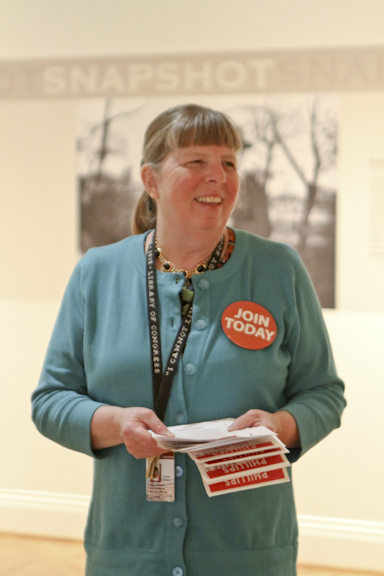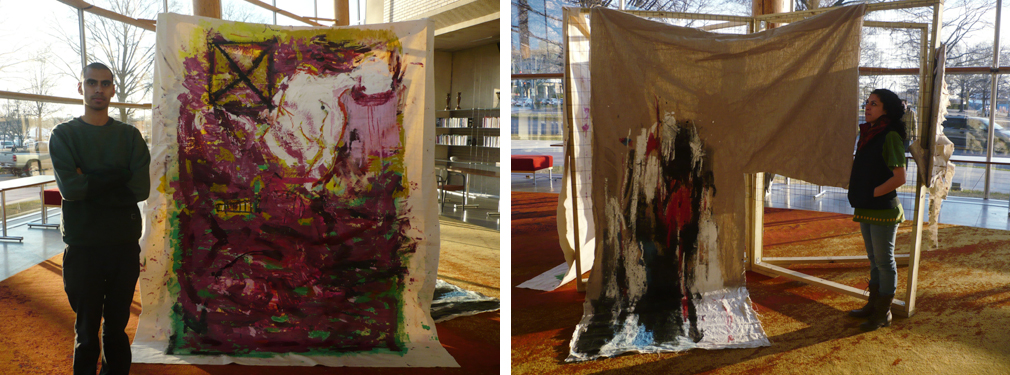Susan Nichols, Chief Operating Officer
You’re seen a lot in the museum–in the galleries, at various events–is at all work-related or do you like being with the art?
Of course I love being with the art, but mostly I just love being with the people. I am enamored of many of our staff members and working with them is tons of fun. Also, I really enjoy meeting and talking with our visitors and seeing responses to the museum. So I am easily able to combine work with pleasure in this way. I also LOVE many of our programs and want to be part of them.
How did you learn of the Phillips?
I’m too old to remember. It was a long time ago.
Do you have a favorite artist in the collection?
No, but every day I see something fantastic. And I love the Reading Room displays that Librarian Karen Schneider and Cataloguing and Technical Services Librarian Sarah Osborne Bender put together. I adore the fact that we change things up all the time, and I’m amazed at how we can make such a small collection appear fresh and new every day.
Are there more women now in top executive positions at art museums, such as you and Dorothy Kosinski, the Phillips director?
I think the museum field has always been a great place for women. I entered the field in 1985 already in a senior role, and many of my colleagues were (even then) very talented women.
Which smartphone do you use?
Okay, I’m awfully proud to say that I recently upgraded to a Samsung 4G, which (when I acquired it) was one generation ahead of that owned by IT Support Specialist Sandy Lee! Since then, of course, he has won an upgrade as a door prize somewhere, but for a couple of weeks I was on the cutting edge. Pretty rare for me.



